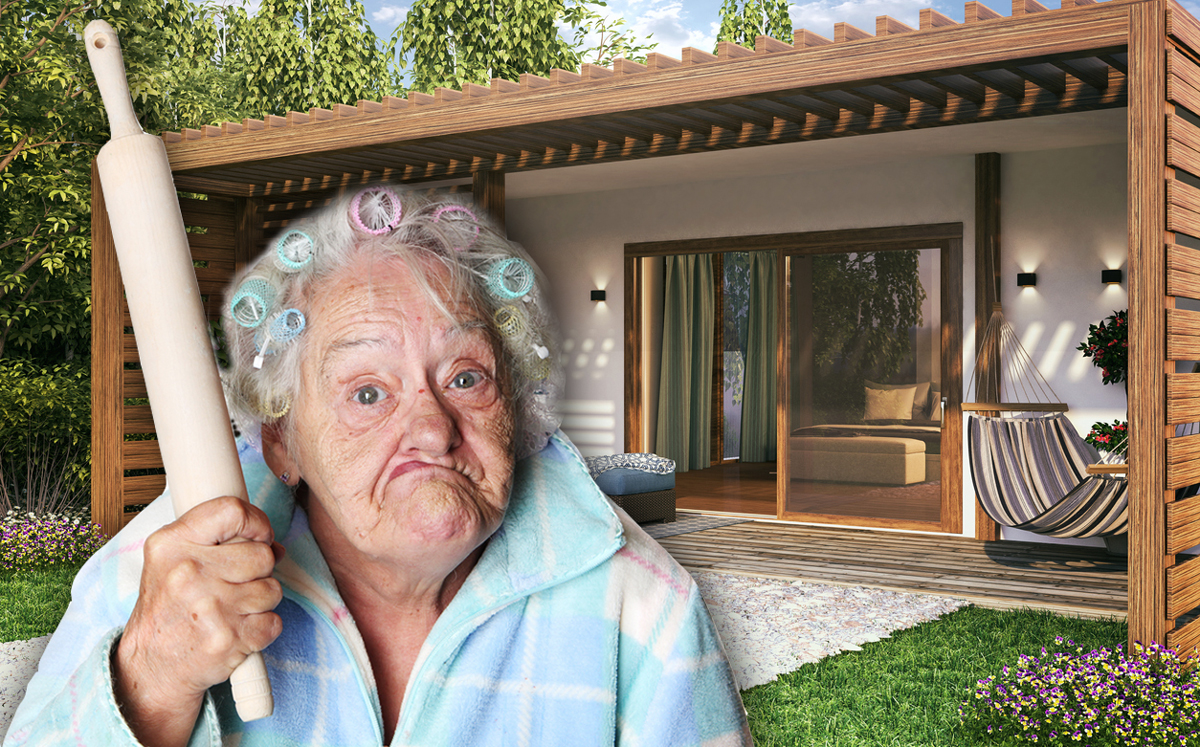Trending
LA takes another shot at regulating “granny flats” amid housing shortage
The latest version of the ordinance would allow construction of the secondary units of up to 1.2K sf

So-called “granny flats,” which have been touted as a way to help combat Los Angeles’ and the state’s housing shortage, have also been able to operate by mostly side-stepping existing building codes.
In L.A., that may soon change.
This week, city Planning Commission will review proposed legislation aimed at regulating those secondary units — which homeowners could build on their property — signaling the city might finally establish clear guidelines for the process.
The laws for regulating Accessory Dwelling Units — their official name — have been in flux since December 2016, when the Planning Commission first reviewed an initial draft of the ADU ordinance. The document since has gone through several review stages, public comment and amendments through various levels of government.
In its most recent iteration, the proposed ordinance would allow for secondary units of up to 1,200 square feet. That would comply with California law. A much earlier version of the measure would have limited that to 640 square feet.
It also could allow for loosened restrictions on where the granny flats could be built. Officials have been debating whether to ban ADUs on hillsides areas that are prone to fire and other dangers. Some, such as City Council member David Ryu, are in favor of a ban on such construction, while others, such as city Planning Commissioner Renee Dake Wilson, argue it is unnecessary.
Last November, Mayor Eric Garcetti said that one solution to fight the city’s housing shortage is with granny flats. The mayor, who’s been a longtime supporter of homeowners building secondary units in their backyard, said there could be an additional 50,000 more units if only 10 percent of homeowners would take on the challenge.
Planning Department staff has recommended limiting ADUs in certain hillside areas. Those areas would include Bel Air and Beverly Crest communities, the Bird Streets and Laurel Canyon. Opponents of that measure argue that the measure would protect those upscale neighborhoods, and allow for ADUs in less affluent locations.
Approximately 6.5 percent of all single-family zoned lots in the city would be restricted, compared to about 28 percent if a granny flat ban was imposed. More than 3,000 granny flats have been built in L.A. in the last two years, according to the city. Officials received about 300 to 350 permit applications per month, Curbed previously reported.
Should the commission sign off on the legislation, the ordinance will still have to go to City Council for final approval.




